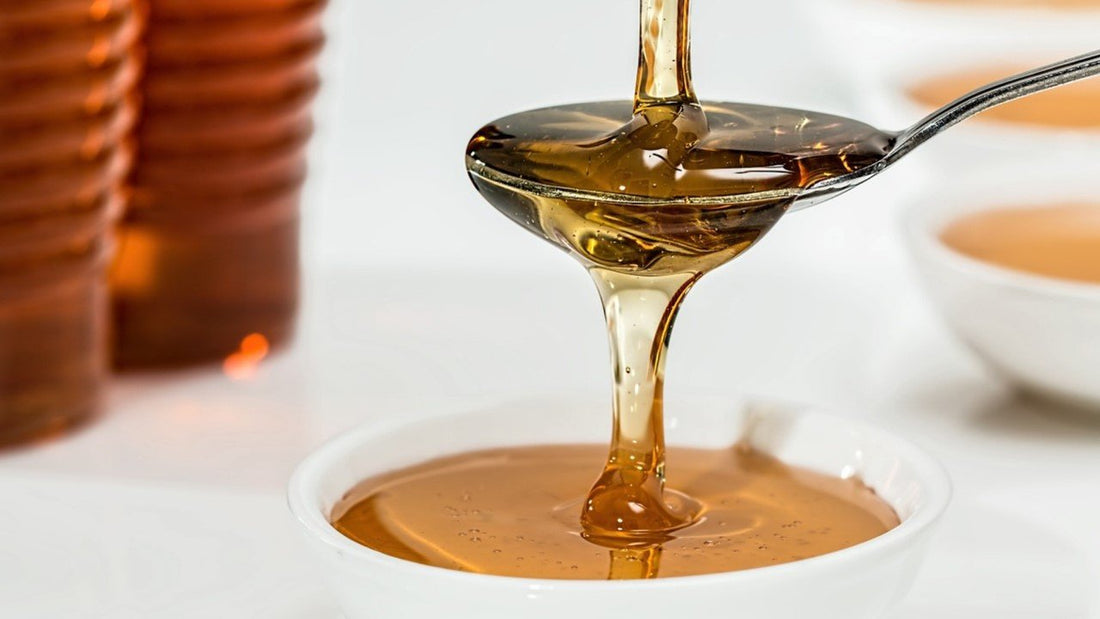Is your honey actually honey? Or could it be a little bit of a honey and a lot of cheap, fake fillers?
There's been a lot of talk about honey in the media lately as study after study has found adulterated honey been sold in Australia. In fact a recent study by Macquarie University found that almost 20% of the Australian-branded honey sampled was fake.
Why? For profit of course. By blending honey with cheap fillers like rice syrup, manufacturers can make more money.
This is really bad news for consumers as blended honey has been known to contain antibiotics, toxins, irradiated pollen or even alkaloids. All things that are seriously bad for our health!
As much as the government is making moves to crack down on this problem, identifying adulterated honey isn't always easy. Testing methods become quickly outdated as fraudsters find new ways to pass off their honey as real.
You don't have to look far to find rice syrups and other syrups for sale on Alibaba that claim they can pass official honey tests. And of course, they're vastly cheaper than honey.
Honey is said to be the third most adulterated food in the world, behind milk and olive oil. So don't just buy one off the supermarket shelf! Even if it says 'Pure Honey', it most likely isn't.
So how do you find pure honey? Go to the source. Get to know the beekeepers. Choose small, preferably local farmers who do it for the love of bees. Don't be afraid to ask questions!
Our honey comes from Daniel and Kate Tilbrook of DPs Bees at Warwick. They're a small family business who love their bees. The honey comes straight from the hives and into jars for us. Nothing added, nothing heated, nothing changed. Just pure honey the way the bees made it.

Real honey has been used medicinally for centuries, both internally (coughs and colds) and externally (burns and wounds). It's also a great wholefood replacement for sugar, is packed with antioxidants and tastes amazing! Just make sure you get the good stuff.




